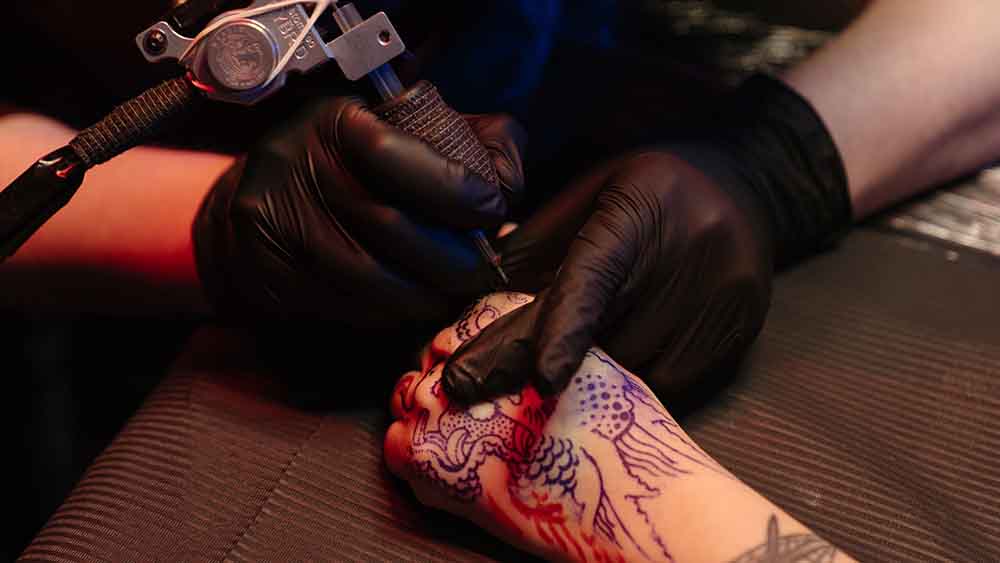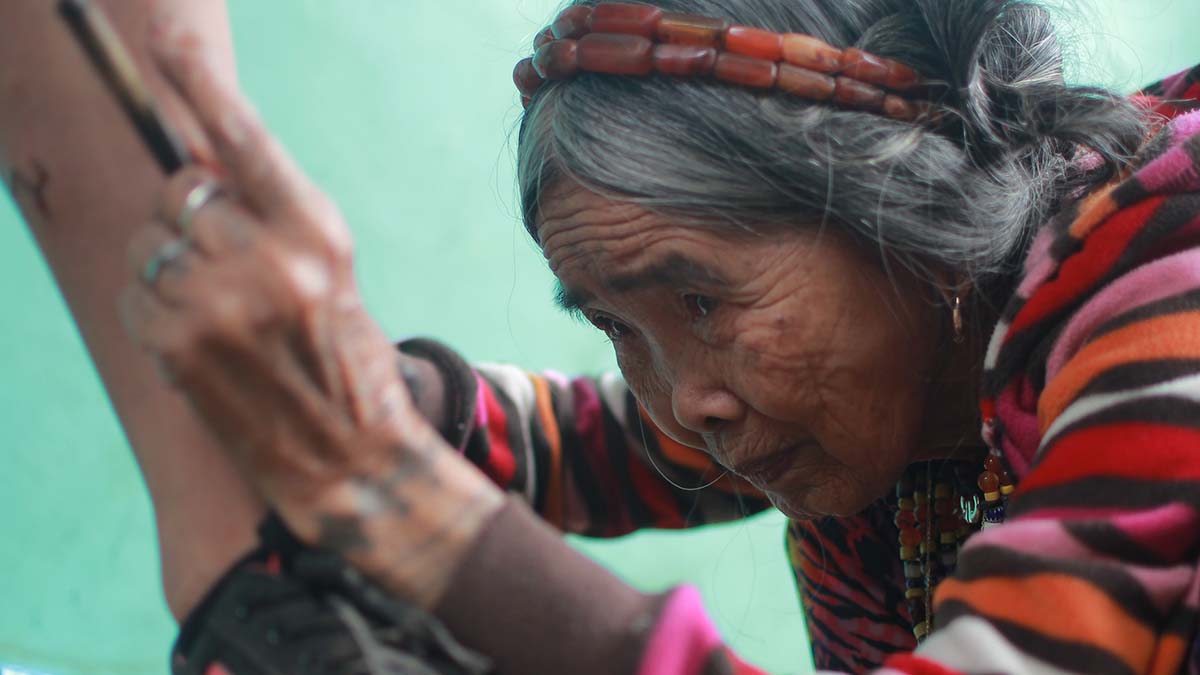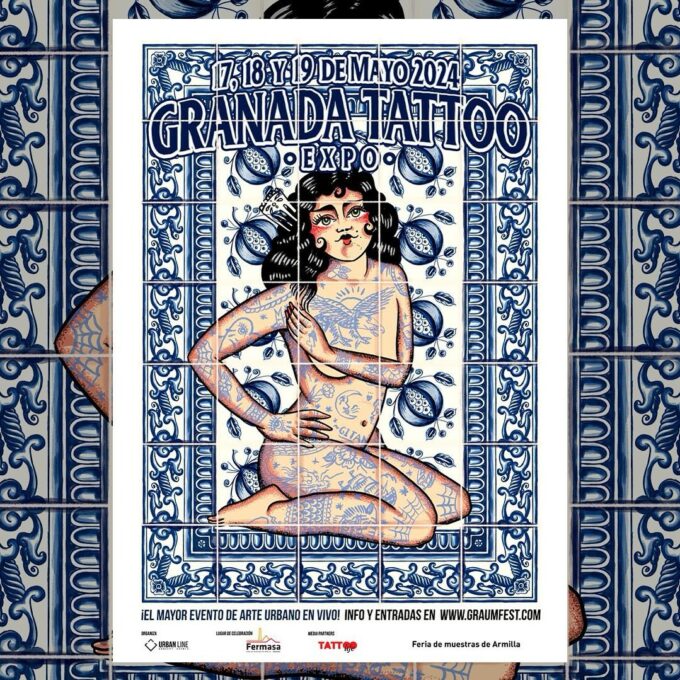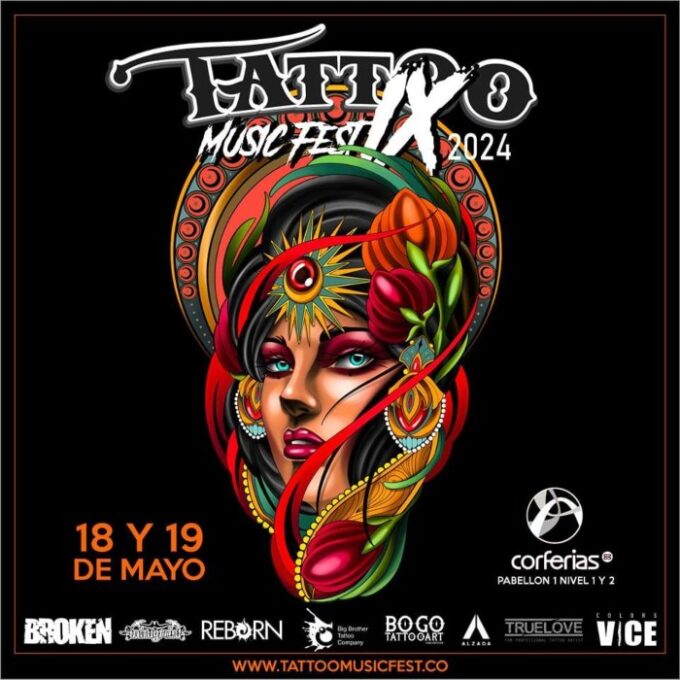If you are a true fan of tattooing, you probably know that this practice is much older than it seems, even if it has been really accepted until a few years ago and is currently booming.
n fact, did you know that in 2019, on the border between Italy and Austria, was found a hunter from the Neolithic period of more than 5,000 years ago, whose back and knees were tattooed? If you didn't know, you can already get an idea of the long history of the tattoo world.
So, how much do you know about the world of tattooing? Keep reading if you want to know a couple more curious facts like this, while you learn a little more about the history of tattooing in Spain and around the world.
Origin of the tattoo world: from ink to ice
Ötzi, the well-known ice man, is the first known tattooed person and was found by German mountaineers in 1991. According to research, this man belonged to the copper age, so his 77 tattoos in total were made with an acupuncture style, similar to what we know today as the handpoke.
Another of the best known records on the history of the world of tattooing focus on Greece, Rome and Egypt, where, for example, the mummy of Amunet (Egypt) is one of the best known, with dots drawn on her body similar to those found on Ötzi, whose meaning referred to her bravery and maturity as a woman.

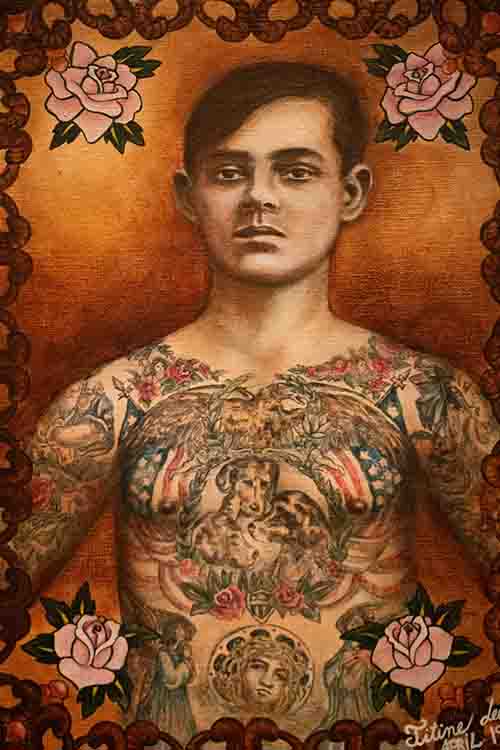
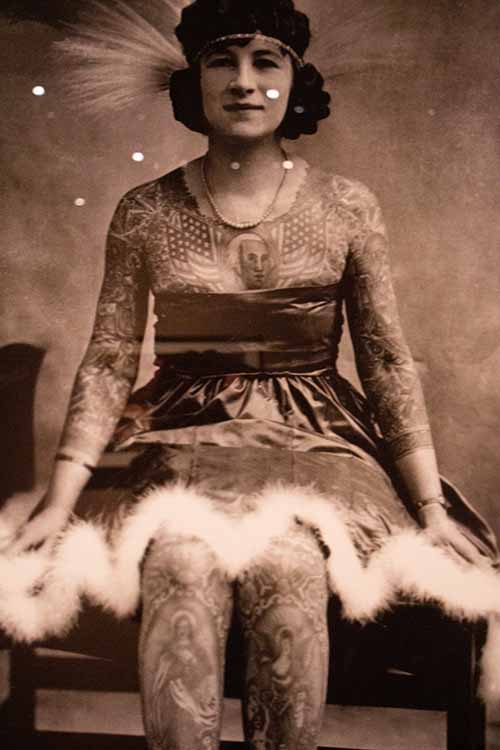
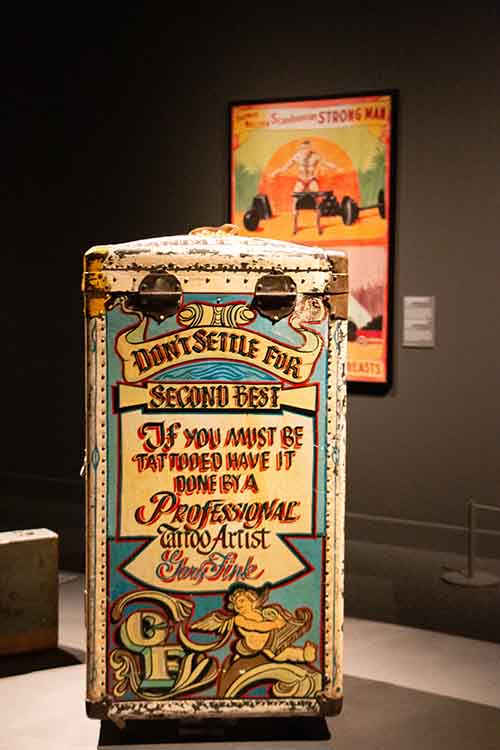
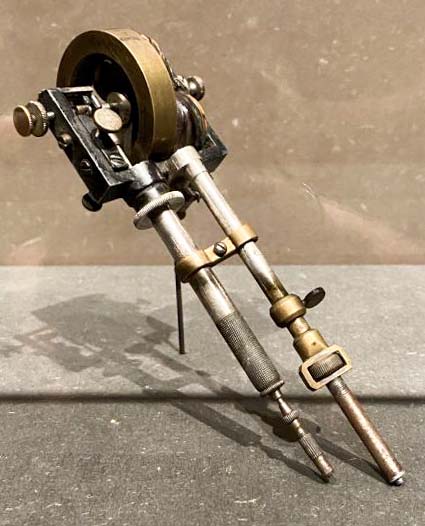
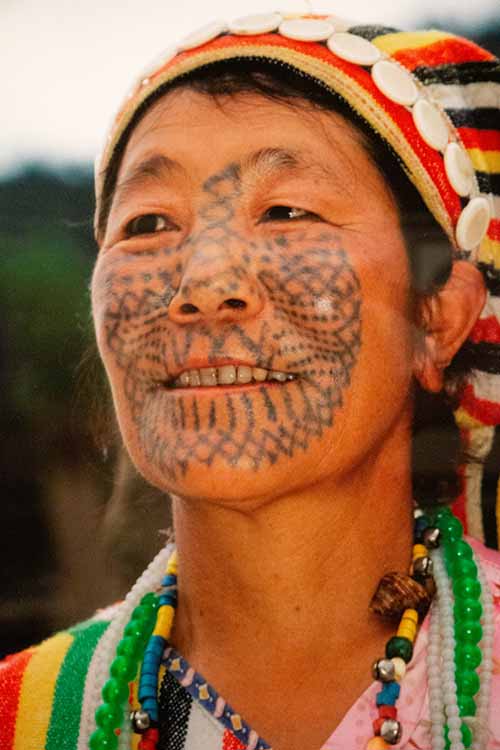
Greece and Rome, on the other hand, used tattoos to symbolize rank in military hierarchies or to mark slaves. Although this practice was somewhat less common, with the arrival of Emperor Constantine I, it ceased almost completely.
Oriental tattooing in history
Eastern culture is one of the strictest and best known throughout the world, especially when it comes to tattooing.
In Japan, for example, a tattooed person is still frowned upon, as it is associated with mafias in this country. Perhaps the original reason for this is that in 1000 B.C. criminals were marked with tattoos so that they could be recognized and differentiated. Although years later, during the thirteenth century this practice gave a totally different idea and more inclined towards art, years later it began to be banned to avoid causing an impression of savagery in the world.
In Polynesia, on the other hand, the objective of tattoos was just that: to show rudeness and savagery to cause fear to their enemies. This occurred in the case of men, while in women the meaning was somewhat more sexualized and erotic. In general, the part of the body where the tattoo was located had a different meaning and a different name, although today this style is known as Polynesian or Maori style.
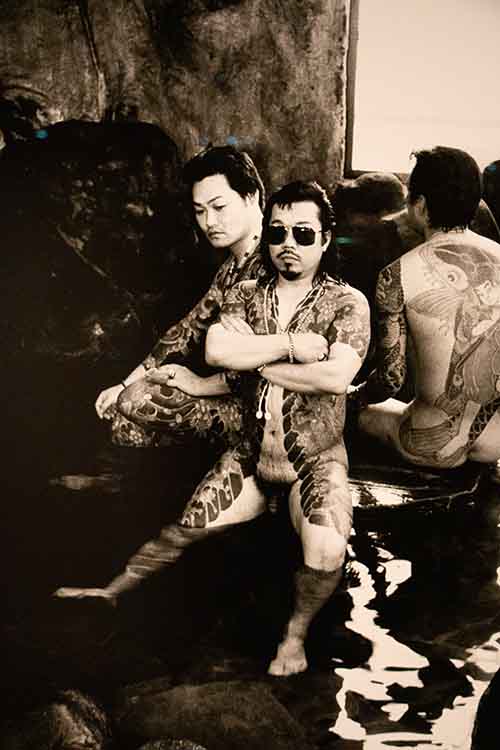
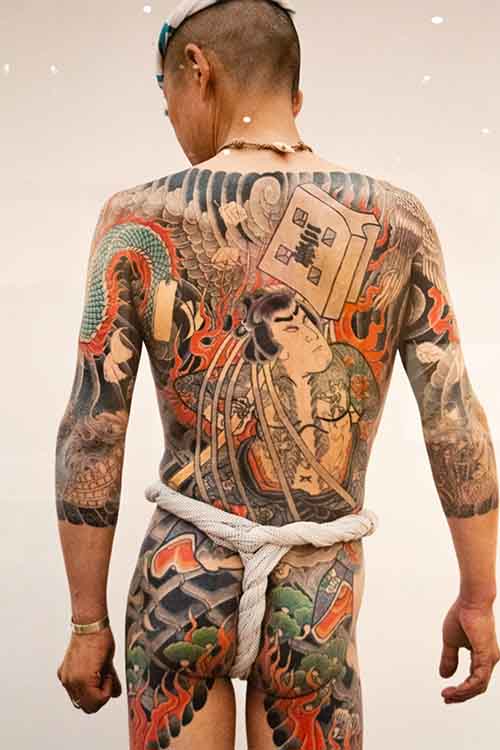
History of tattooing according to the style of execution
One of them was to use needle and thread, which consisted of sewing the skin with thread that had been previously passed through coloring substances.
Another way of doing it is through scarification, a practice known today in prisons all over the world, which consists of making scars with iron, burning the skin or through cuts.
In 1891, with the creation of the first tattoo machine designed and assembled by Samuel O'Reilly, a new era in the world of tattooing began. By that time, despite the fact that Catholicism considered this practice as a mutilation of the body, artists and other people began to be seen with tattoos on their skin. Among the best known: Horace Ridler and Maud Stevens.
Later, in the 60's, the hippies popularized this practice again through the micropigmentation technique, until continuing with all kinds of technological advances regarding tattoo tools and techniques to become what we know today as the tattoo fever.
Although currently only two forms of tattooing are known (handpoke and machine), in the past tools were used that today may seem unimaginable.
Tattooing in Spain
Nowadays, there are more and more followers of tattooing in all its styles and presentations. In fact, according to the Spanish Academy of Dermatology, the largest number of tattooed people in our country is between the ages of 18 and 35, although it is not as standardized a practice, for example, as it is in the United Kingdom.
